A deadly pattern that keeps civilians in the crossfire
Ukraine woke up to another grim tally after overnight Russian strikes killed four people and wounded others, according to Ukrainian authorities. The barrage, described by President Volodymyr Zelenskyy as “pure terrorism,” hit residential areas and critical infrastructure—targets that have become familiar since Russia expanded its air campaign to wear down Ukraine’s energy grid and public services. Moscow typically says it aims at military or energy facilities, not civilians, though repeated strikes on urban areas and the civilian toll documented by the UN human rights office underscore the risks to people simply trying to get through their day.
For residents, the immediate impacts are concrete: power outages, disrupted water supplies, and morning commutes rerouted around mangled streets and taped‑off blast sites. Parents walk children to school knowing classes might move underground at short notice. Hospitals juggle emergency care amid intermittent electricity. Even when Ukraine’s air defenses intercept incoming missiles and drones, falling debris can be just as deadly, shattering apartment blocks and starting fires. This is the lived reality behind the headline numbers.
Why Zelenskyy is pushing for sanctions and air defenses now
Zelenskyy’s appeal to Europe and the United States for tougher sanctions and stronger air defenses follows a familiar logic: reduce Russia’s capacity to produce and import weapons components, and give Ukraine better tools to stop what still gets through. Western sanctions packages over the past two years—led by the EU, U.S., UK, and G7—have targeted Russia’s finance sector, energy revenues, and defense supply chains. More recently, enforcement has shifted toward cracking down on third-country networks that funnel microelectronics and dual‑use components into Russia, and tightening the oil price cap by targeting the “shadow fleet” that moves Russian crude. Kyiv’s message is that these measures need to go further and, crucially, be enforced more consistently to bite.
On the battlefield side, Ukraine continues to ask for additional Patriot batteries, NASAMS, IRIS‑T and other systems, along with the interceptor missiles they require. Ukraine’s network of Western and Soviet‑era air defense systems has saved countless lives, but it’s stretched thin across a country the size of France. Demand spikes during mass overnight attacks when Russia mixes low‑flying drones with cruise and ballistic missiles to complicate interception. Several European countries and the United States have pledged more air defense units and munitions, and Ukraine has begun integrating Western‑provided F‑16 fighter jets—steps that could improve coverage over time. For civilians, that could mean fewer nights in basements, fewer hospital generators running overtime, and more predictable work and school schedules.
Local shocks with global ripples
What happens over Ukraine doesn’t stay there. Each strike campaign against power plants and distribution lines raises the risk of rolling blackouts, heating shortages, and factory shutdowns that slow the economy and strain municipal budgets. Reconstruction costs—already enormous—grow with every damaged substation and shattered clinic. Aid groups warn that repeated disruptions hit the most vulnerable hardest: the elderly in high‑rises, families in frontline regions, and communities still recovering from earlier waves of displacement.
Beyond Ukraine, the conflict continues to rattle global markets. Attacks near ports and along the Black Sea have periodically pushed up insurance costs for shipping and raised anxieties about grain exports that many countries rely on. Energy markets have largely adjusted to wartime shocks, but enforcement actions on Russia’s oil exports and any escalation at sea can still ripple through prices. European states, meanwhile, are committing more to defense budgets and industrial production, a shift that will shape their economies and politics for years.
An escalatory cycle to watch
The latest strikes also sit within a broader escalatory cycle. Ukraine has expanded long‑range drone and missile attacks against Russian military sites and energy infrastructure, arguing that degrading those targets curbs Moscow’s ability to wage war. Russia has responded with intensified missile barrages and the heavy use of glide bombs near the front, while continuing to hit cities far from the fighting. Neither side shows signs of backing down, and negotiations remain a distant prospect. That leaves two practical questions for the months ahead: how fast Ukraine’s allies can deliver and sustain air defenses, and how effectively sanctions can squeeze the pipelines that feed Russia’s missile and drone production.
For people in Ukraine, the stakes are immediate—whether the lights stay on, whether the next siren is followed by an impact, whether the school day finishes above ground. For the rest of the world, the lesson is simpler but no less urgent: this war still shapes global security and the economy, and the choices made in Brussels, Washington, and other capitals about sanctions and air defenses will be measured not just in policy briefs, but in lives and livelihoods on the ground.
A deadly pattern that keeps civilians in the crossfire
Ukraine woke up to another grim tally after overnight Russian strikes killed four people and wounded others, according to Ukrainian authorities. The barrage, described by President Volodymyr Zelenskyy as “pure terrorism,” hit residential areas and critical infrastructure—targets that have become familiar since Russia expanded its air campaign to wear down Ukraine’s energy grid and public services. Moscow typically says it aims at military or energy facilities, not civilians, though repeated strikes on urban areas and the civilian toll documented by the UN human rights office underscore the risks to people simply trying to get through their day.
For residents, the immediate impacts are concrete: power outages, disrupted water supplies, and morning commutes rerouted around mangled streets and taped‑off blast sites. Parents walk children to school knowing classes might move underground at short notice. Hospitals juggle emergency care amid intermittent electricity. Even when Ukraine’s air defenses intercept incoming missiles and drones, falling debris can be just as deadly, shattering apartment blocks and starting fires. This is the lived reality behind the headline numbers.
Why Zelenskyy is pushing for sanctions and air defenses now
Zelenskyy’s appeal to Europe and the United States for tougher sanctions and stronger air defenses follows a familiar logic: reduce Russia’s capacity to produce and import weapons components, and give Ukraine better tools to stop what still gets through. Western sanctions packages over the past two years—led by the EU, U.S., UK, and G7—have targeted Russia’s finance sector, energy revenues, and defense supply chains. More recently, enforcement has shifted toward cracking down on third-country networks that funnel microelectronics and dual‑use components into Russia, and tightening the oil price cap by targeting the “shadow fleet” that moves Russian crude. Kyiv’s message is that these measures need to go further and, crucially, be enforced more consistently to bite.
On the battlefield side, Ukraine continues to ask for additional Patriot batteries, NASAMS, IRIS‑T and other systems, along with the interceptor missiles they require. Ukraine’s network of Western and Soviet‑era air defense systems has saved countless lives, but it’s stretched thin across a country the size of France. Demand spikes during mass overnight attacks when Russia mixes low‑flying drones with cruise and ballistic missiles to complicate interception. Several European countries and the United States have pledged more air defense units and munitions, and Ukraine has begun integrating Western‑provided F‑16 fighter jets—steps that could improve coverage over time. For civilians, that could mean fewer nights in basements, fewer hospital generators running overtime, and more predictable work and school schedules.
Local shocks with global ripples
What happens over Ukraine doesn’t stay there. Each strike campaign against power plants and distribution lines raises the risk of rolling blackouts, heating shortages, and factory shutdowns that slow the economy and strain municipal budgets. Reconstruction costs—already enormous—grow with every damaged substation and shattered clinic. Aid groups warn that repeated disruptions hit the most vulnerable hardest: the elderly in high‑rises, families in frontline regions, and communities still recovering from earlier waves of displacement.
Beyond Ukraine, the conflict continues to rattle global markets. Attacks near ports and along the Black Sea have periodically pushed up insurance costs for shipping and raised anxieties about grain exports that many countries rely on. Energy markets have largely adjusted to wartime shocks, but enforcement actions on Russia’s oil exports and any escalation at sea can still ripple through prices. European states, meanwhile, are committing more to defense budgets and industrial production, a shift that will shape their economies and politics for years.
An escalatory cycle to watch
The latest strikes also sit within a broader escalatory cycle. Ukraine has expanded long‑range drone and missile attacks against Russian military sites and energy infrastructure, arguing that degrading those targets curbs Moscow’s ability to wage war. Russia has responded with intensified missile barrages and the heavy use of glide bombs near the front, while continuing to hit cities far from the fighting. Neither side shows signs of backing down, and negotiations remain a distant prospect. That leaves two practical questions for the months ahead: how fast Ukraine’s allies can deliver and sustain air defenses, and how effectively sanctions can squeeze the pipelines that feed Russia’s missile and drone production.
For people in Ukraine, the stakes are immediate—whether the lights stay on, whether the next siren is followed by an impact, whether the school day finishes above ground. For the rest of the world, the lesson is simpler but no less urgent: this war still shapes global security and the economy, and the choices made in Brussels, Washington, and other capitals about sanctions and air defenses will be measured not just in policy briefs, but in lives and livelihoods on the ground.



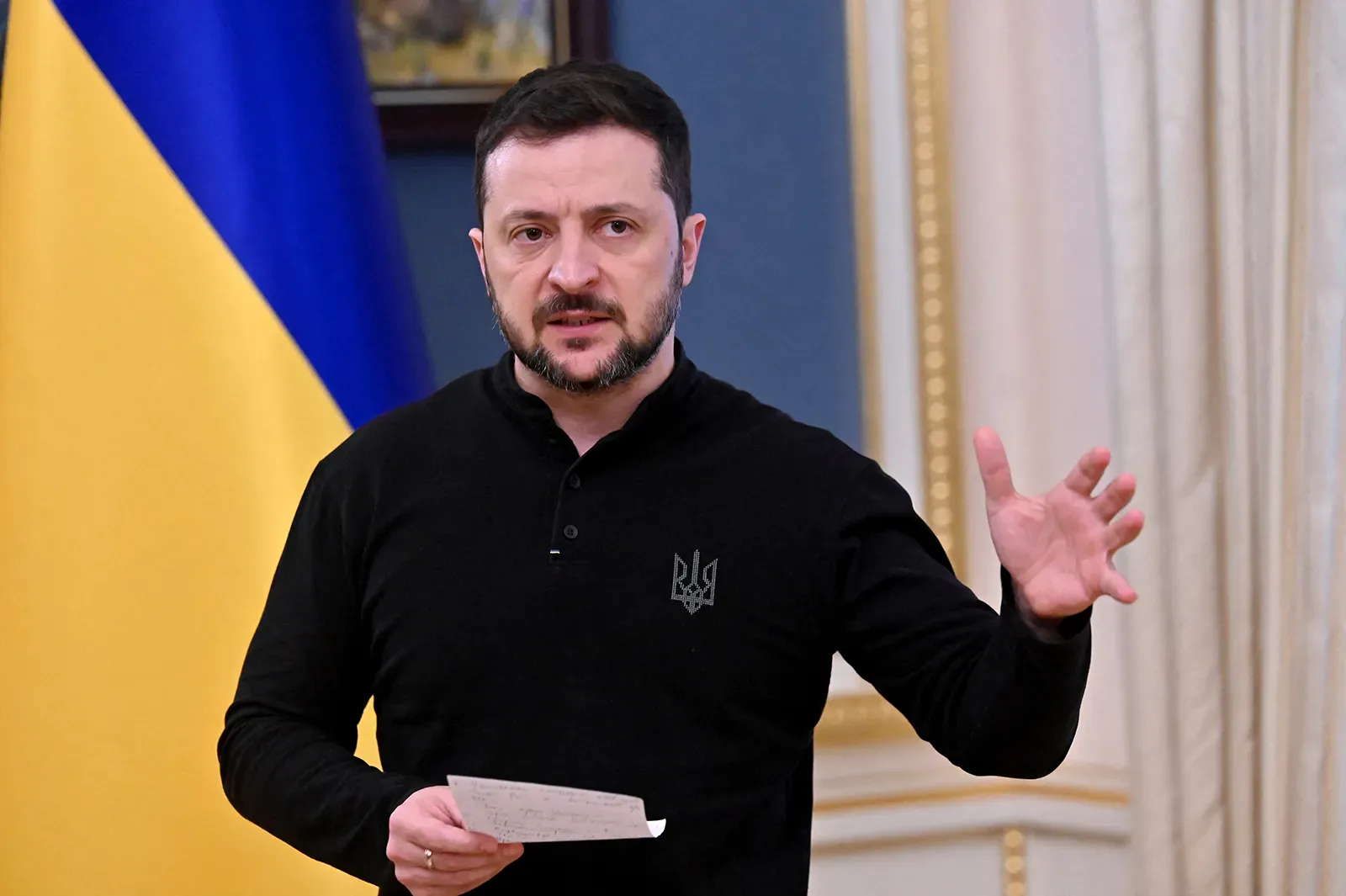
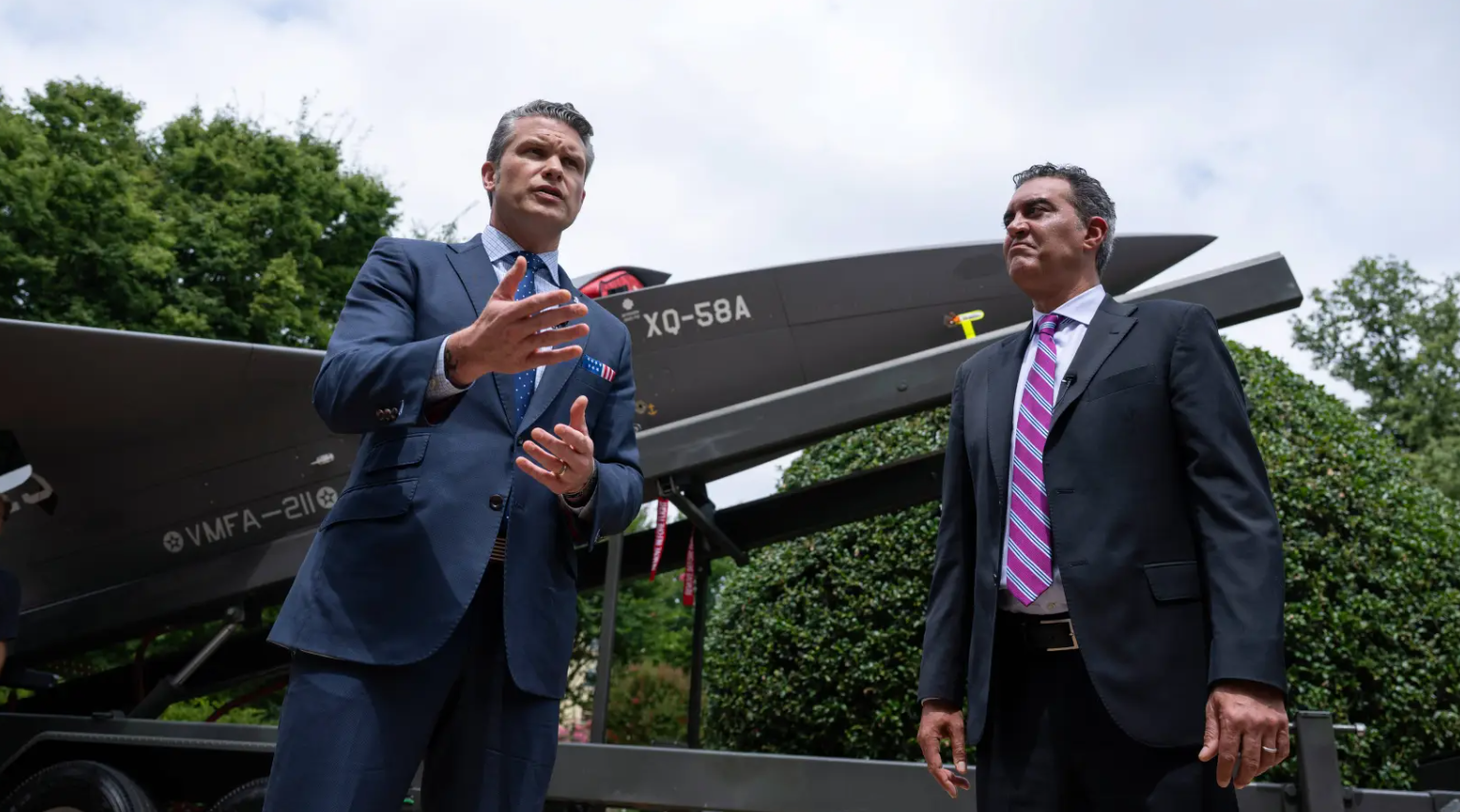



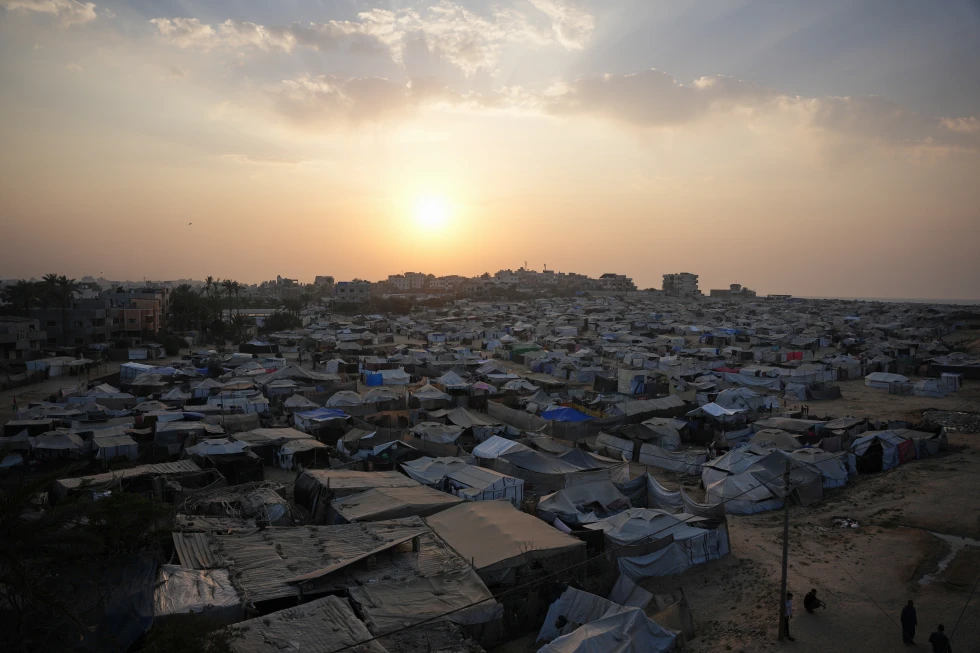


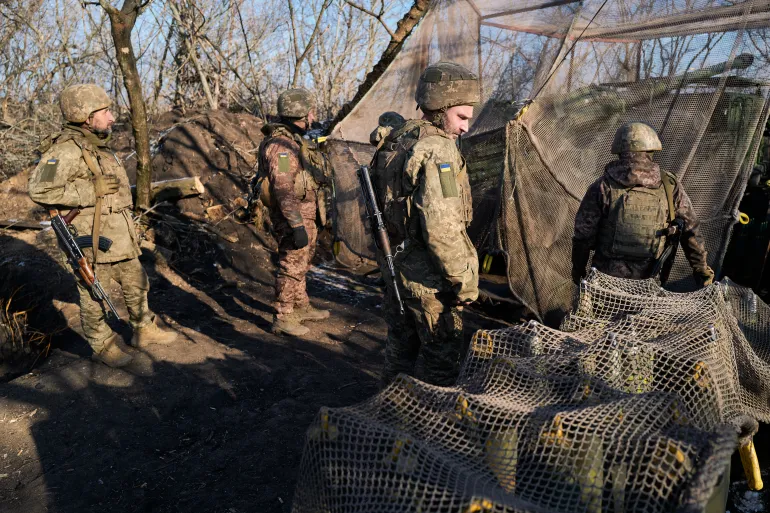

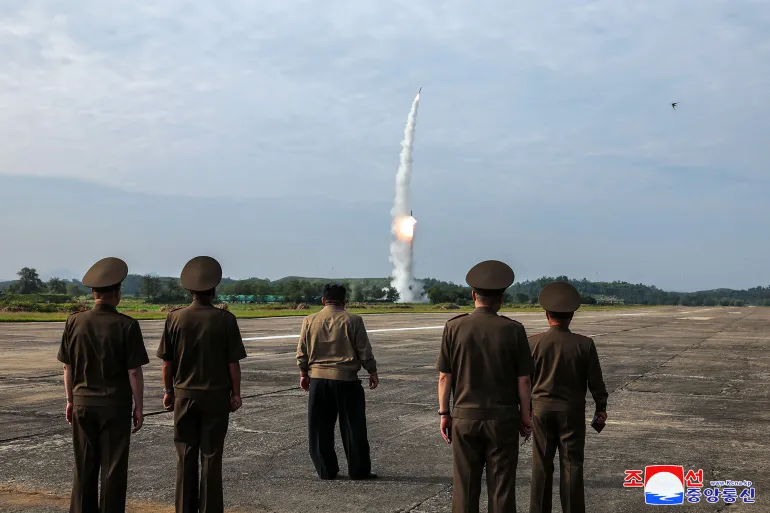

Discussion